Imagine ordering an extensive and rather elaborate new kitchen, and then discovering after it has been part-installed that you must move house and transfer your shiny new units and white goods to a room of a different design and layout. Now imagine the scale of that challenge multiplied by several hundred. And there you have the task facing the team kitting out BMW’s Mini factory in Cowley, Oxford, 19 years ago.
The new Mini developed by Rover and BMW in the late 1990s was originally intended to be built at Longbridge, Birmingham, where most original Minis were produced during its 41-year life. All that changed when then chancellor Gordon Brown refused to grant BMW a relatively modest amount of aid to assist with the modernisation of Longbridge. This was the last straw for a BMW board riven by the difficulties faced by its “English Patient”.
In March 2000, BMW announced that it was disposing of Rover, keeping Mini and selling Land Rover to Ford. The Phoenix Consortium that bought Rover for a nominal £10 was gifted the Longbridge plant, the MG F, Rover 25, 45 and 75 – the last of these assembled in the Cowley factory that, suddenly, was going to produce the new Mini. Not that the staff of Cowley knew that straight away. “There was a one-hour gap between hearing that Rover was to be sold and that Mini would be coming to Cowley,” says Andy Brook, then in pipeline logistics for the 75, now a materials planning manager.
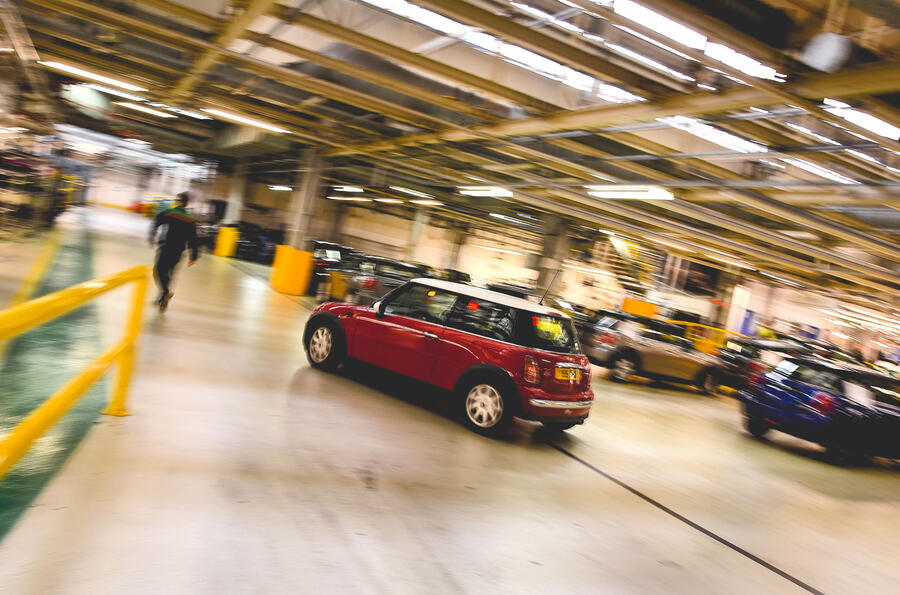
There are still plenty of people at Mini’s Oxford plant today who were involved in this transfer. Mick Fisher, who joined Austin as an apprentice in 1965, drolly describes it as “stripping the Rover 75 out and putting the Mini in”, which rather underestimates the Herculean task involved.
“The challenge was that all the equipment was designed for Longbridge and we now had to fit it into a much smaller building,” he says. “The glazing stations and the rolling roads were all going into a much smaller building.”
The method of attaching parts to the underside of Minis changed, too. “We had rotary slings for the Mini,” Fisher says. These turned the body through 90deg to make it easier to attach parts, whereas the 75’s underbelly was attended to from a pit beneath.


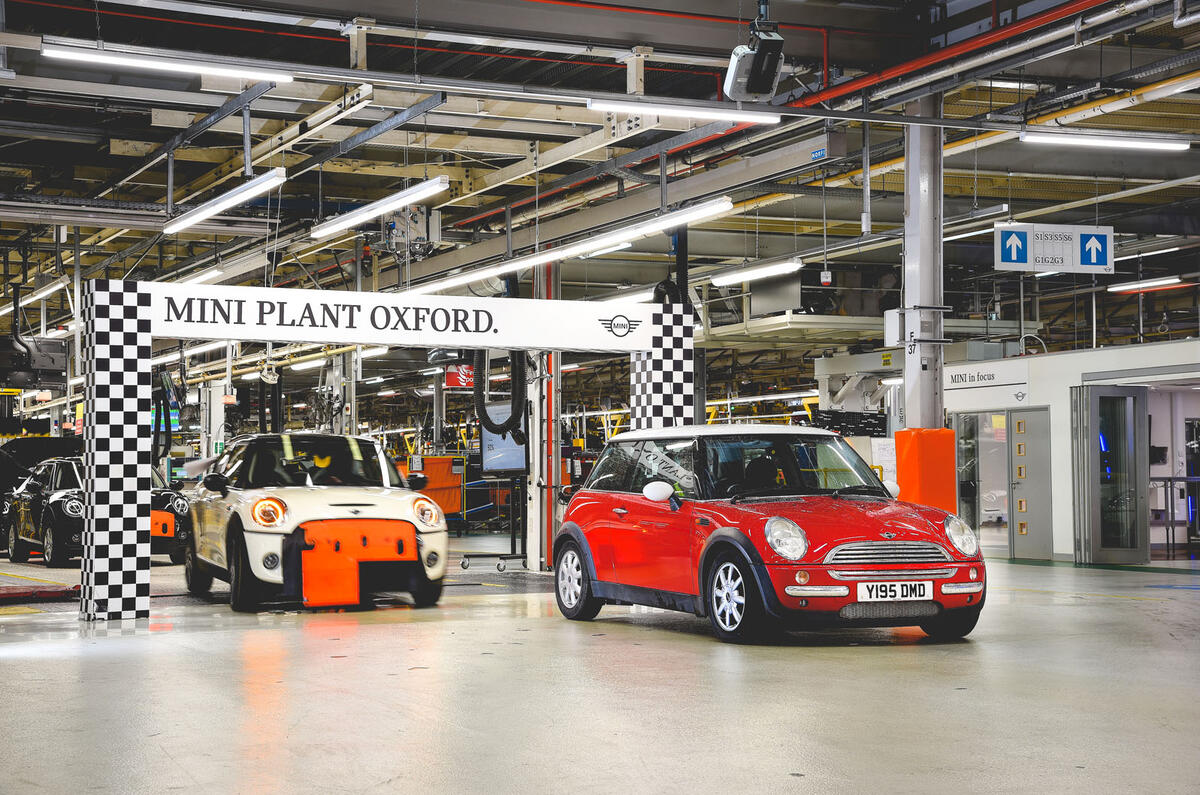




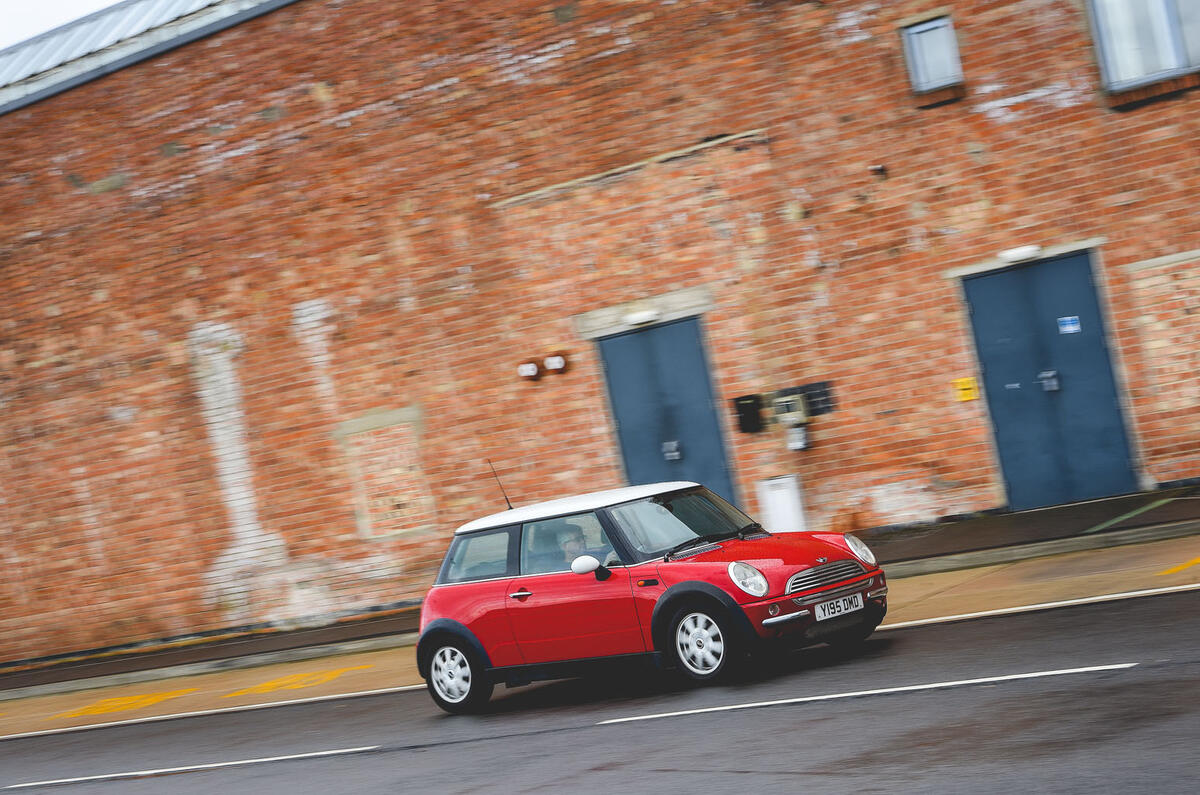

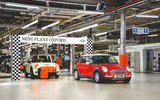







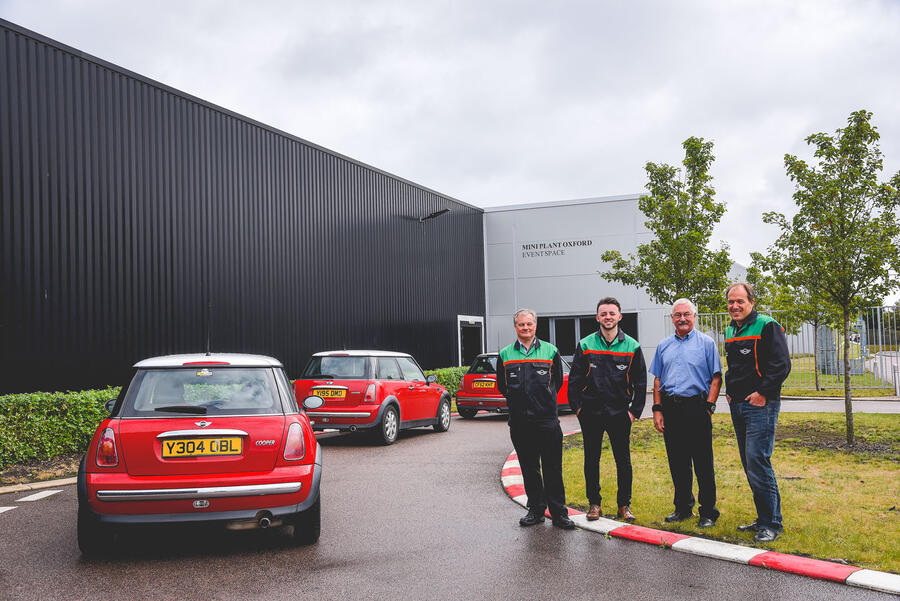
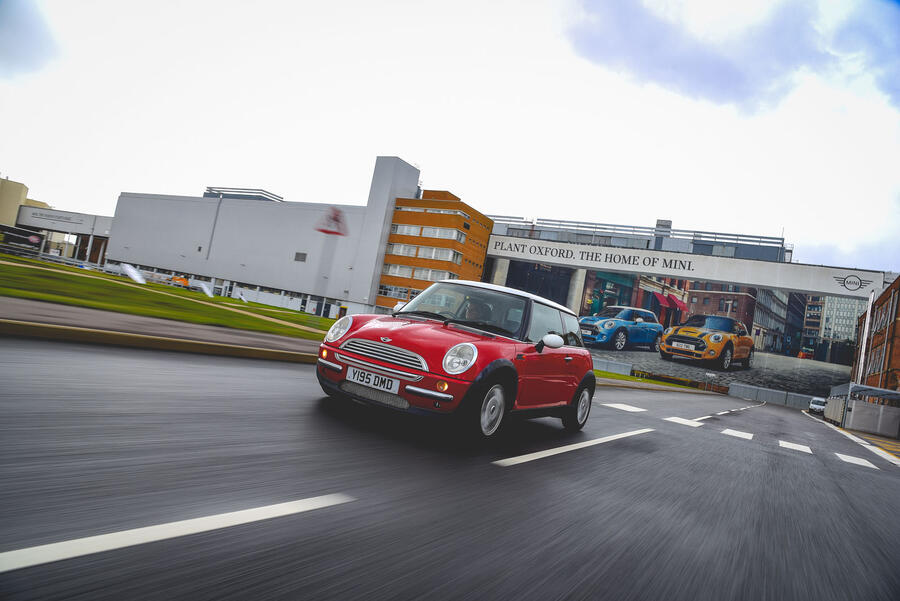


Join the debate
Add your comment
It is true that the new mini
Goodbye Mini.
Shame with Brexit most of the work will now go elsewhere. But that's what they voted for - to be unemployed and poor.
Really?!?
Back that up with facts. Cowley is at capacity and no room to expand, thank the local planning commitee for that one
Pietro Cavolonero wrote:
Thank the government, maybe if they'd forked out support for Longbridge BMW wouldn't have quit on the factory and minis home would be in Birmingham?
And of course BAE as under
And of course BAE as under their ownership the main Cowley site was sold off and production moved to the smaller pressings site.
Symanski wrote:
Yeah and it ll be the same with Nissan in Sunderland and Toyota in Burnaston, Turkeys for Christmas and all that, fools.
The Mini is a great British (and a bit German) success story
A great car produced by a great workforce and it should rightly be celebrated.
The first R50's were hard riding and mechanically weak (ex chrysler mechanicals) but a great drive and a very useful, practical urban runabouts. The main improvement over the Issigonis original, was definitely the hatchback rear.
The later variants lost some of the original style, but gained in ride and refinement, plus BMW engines and technology.
We have owned 5 versions of 3 door Cooper hatches since 2001 and the latest is definitely the best.
Bimfan wrote:
It wasnt "Chrysler mechanicals" - the engine was a joint BMW-Chrysler unit and that was it, nothing else was Chrysler.
Whilst they do drive well, none of the BMW Minis are worthy inheritors of the Mini name, theyre simpy not innovative enough (at all actually), just lazy pastiches, lazy pastiches that are growing fatter with each generation.
I disagree
The old mini wasn't worth copying: it was rubbish and completely unsuited to modern motoring. It may well have been innovative but it led up a blind alley, where, sensibly, no-one else chose to follow it.
beechie wrote:
What the hell are you on about ? I never said the old Mini should be copied, I said its successor should be as innovative as the original, none of the BMW Minis have been in any way innnovative, they have - ironically considering your post - simply been COPIES of the orignal's styling. As for "leading up a blind alley where sensibly no-one chose to follow" well thats complete and utter BS, you obviously dont know your motoring history.
I didn't say you did say...
...that the mini should be copied. I said that the mini as it was wasn't worth copying and no-one ever did. It was the Hawker Harrier of the car world: a lovely idea but completely pointless - as evidenced by the fact that the rest of the world shrugged their shoulders.